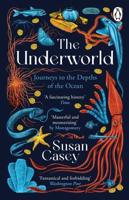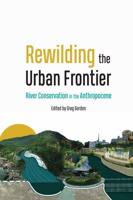Publisher's Synopsis
This report on a water accounting study of the Jordan River Basin, using FAO's Water Productivity (WaPOR) database, highlights the need for better information to inform water management in the region.The Jordan River Basin is the most important water resource shared between Israel, Jordan, Lebanon and Syria, and both its surface water and groundwater have been highly exploited and contested throughout history. The area's diverse climate results in spatially variable precipitation and evapo-transpiration, which affects both water generation and consumption.The WaPOR version 2.0 level 1 with 5km resolution data (for precipitation) and level 2 with 100m resolution data (for actual evapotranspiration, reference evapotranspiration, interception and land cover classification layers) were used for the WA+ analyses, using datasets for the period 2009-2018.The analysis concludes that there is still insufficient information on inter-basin transfers and groundwater outflows, and points to a need for futher review of the WaPOR precipitation and evapotranspiration data. Crucially, collaboration and information-sharing about water availability, abstraction, and reuse among the riparian states will pave the way for better and more sustainable resource management in the basin.








